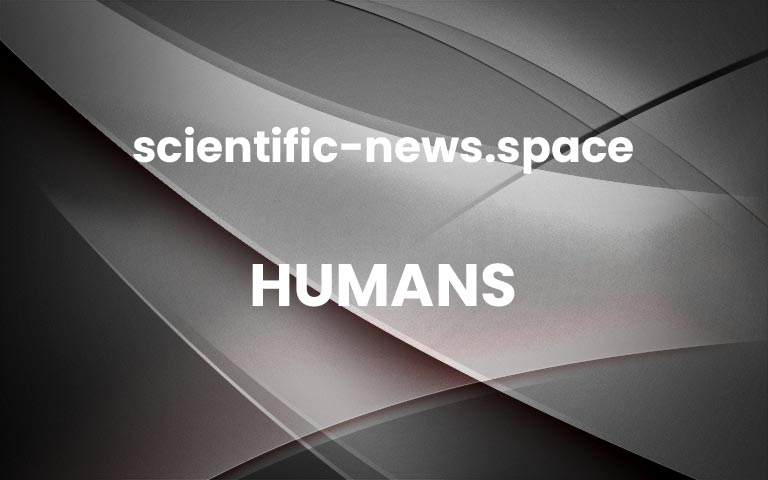The sun’s searing radiation led to the shuffling of the solar system’s planets
In the solar system’s early years, the still-forming giant planets sidestepped, did a do-si-do and then swung one of their partners away from the sun’s gravitational grasp. Things settled, and our planetary system was in its final configuration.
What triggered that planetary shuffle has been unknown. Now, computer simulations suggest that the hot radiation of the young sun evaporating its planet-forming disk of gas and dust led to the scrambling of the giant planets’ orbits, researchers report in the April 28 Nature.
As a result, the four largest planets may have been in their final configuration within 10 million years of the solar system’s birth about 4.6 billion years ago. That’s much quicker than the 500 million years that previous work had suggested.
Sign Up For the Latest from Science News
Headlines and summaries of the latest Science News articles, delivered to your inbox
Thank you for signing up!
There was a problem signing you up.
The planetary-shuffling mechanism that the team uncovered in the computer simulations is very innovative, says Nelson Ndugu, an astrophysicist who studies forming planetary systems at North-West University in Potchefstroom, South Africa, and Muni University in Arua, Uganda. “It has huge potential.”
Heaps of evidence, including observations of extrasolar planetary systems forming (SN: 7/2/18), had already indicated that something in our solar system’s early history jumbled the giant planets’ orbits, which scientists call the giant-planet instability (SN: 5/25/05).
“The evidence for the giant-planet instability is really robust,” says Seth Jacobson, a planetary scientist at Michigan State University in East Lansing. “It explains many features of the outer solar system,” he says, like the large number of rocky objects beyond Neptune that make up the Kuiper Belt (SN: 12/31/09).
To figure out what triggered that instability, Jacobson and colleagues ran computer simulations of the thousands of ways that the early solar system could have developed. All started with a young star and a planet-forming disk of gas and dust surrounding the star. The team then altered the disk parameters, such as its mass, density and how fast it evolved.
The simulations also included the still-forming giant planets — five of them, in fact. Astronomers think a third ice giant, in addition to Uranus and Neptune, was originally a solar system member (SN: 4/20/12). Jupiter and Saturn round out the final tally of these massive planets.
When the sun officially became a star, that is, the moment it began burning hydrogen at its core — roughly 4.6 billion years ago — its ultraviolet emission would have hit the disk’s gas, ionizing it and heating it to tens of thousands of degrees. “This is a very well-documented process,” Jacobson says. As the gas heats, it expands and flows away from the star, beginning with the inner portion of the disk.
“The disk disperses its gas from inside out,” says Beibei Liu, an astrophysicist at Zhejiang University in Hangzhou, China. He and Jacobson collaborated with astronomer Sean Raymond of Laboratoire d’Astrophysique de Bordeaux in France in the new research.
In the team’s simulations, as the inner part of the disk dissolves, that area loses mass, so the embedded, still-forming planets feel less gravity from that region, Jacobson says. But the planets still feel the same amount of pull from the disk’s outer region. This gravitational torquing, as the team calls it, can trigger a rebound effect: “Originally, the planets migrate in, and they reach the [inner] edge of this disk, and they reverse their migration,” Liu says.
Because of Jupiter’s large mass, it’s mostly unaffected. Saturn, though, moves outward and into the region, which, in the simulations, holds the three ice giant planets. That area becomes crowded, Liu says, and close planetary interactions follow. One ice giant gets kicked out of the solar system entirely, Uranus and Neptune shift a bit farther from the sun, and “they gradually form the orbits close to our solar system’s configuration,” Liu says.
In their computer simulations, the researchers found that as the sun’s radiation evaporates the disk, a planetary reshuffle nearly always ensues. “We can’t avoid this instability,” Jacobson says.
Now that the researchers have an idea of what may have caused this solar system shuffle, the next step is to simulate how the evaporation of the disk could affect other objects.
“We’ve focused really heavily on the giant planets, because their orbits were the original motivation,” Jacobson says. “But now, we have to do the follow-up work to show how this trigger mechanism relates to the small bodies.” More



